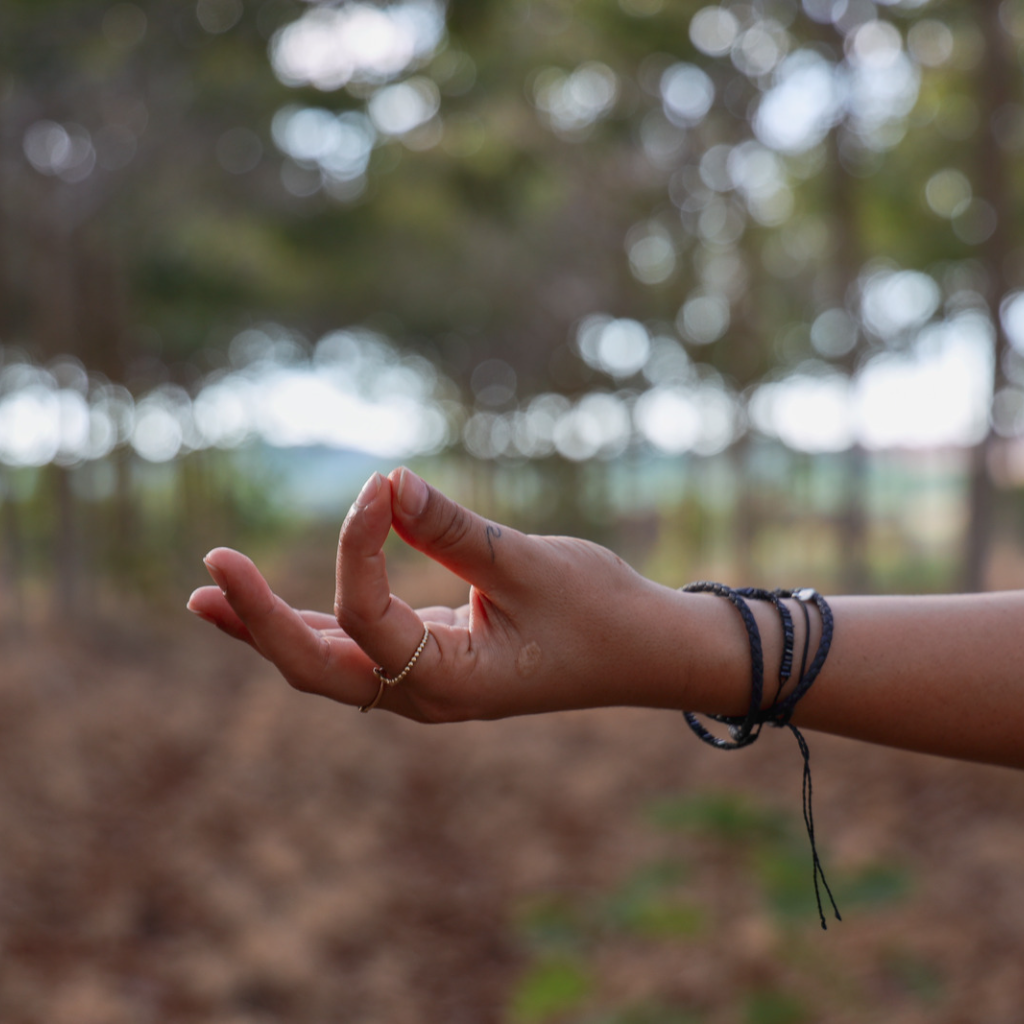Strengthening for the Winter: Yoga Poses to Build Resilience
 As the winter season approaches, it's essential to prepare both our bodies and minds for the challenges that come with colder weather. Yoga, with its holistic approach to wellness, offers a fantastic way to build physical and mental resilience. In this blog, we'll explore two key yoga poses: Warrior II (Virabhadrasana II) and Plank Pose (Phalakasana). We'll discuss how to perform these poses, their benefits, and when and how to practice them to strengthen yourself for the winter ahead.
As the winter season approaches, it's essential to prepare both our bodies and minds for the challenges that come with colder weather. Yoga, with its holistic approach to wellness, offers a fantastic way to build physical and mental resilience. In this blog, we'll explore two key yoga poses: Warrior II (Virabhadrasana II) and Plank Pose (Phalakasana). We'll discuss how to perform these poses, their benefits, and when and how to practice them to strengthen yourself for the winter ahead.

Warrior II (Virabhadrasana II)
How to Do Warrior II:
- Start by standing at the top of your mat with your feet together.
- Take a step back with your right foot, keeping it at a 90-degree angle to your left foot.
- Your hips should be squared toward the side of your mat, and your arms should be extended parallel to the ground.
- Gaze over your left hand, aligning your shoulders over your hips.
- Engage your core and hold the pose for 30 seconds to 1 minute.
- Repeat on the other side.
About Warrior II: Warrior II is a powerful yoga pose that strengthens the legs, opens the hips, and improves balance. Named after the fierce warrior Virabhadra from Hindu mythology, this pose embodies strength and resilience. It encourages mindfulness and focus, helping you prepare for the challenges of winter.
Benefits of Warrior II:
- Strengthens Leg Muscles: Warrior II targets the quadriceps, hamstrings, and calf muscles, making your lower body strong and resilient.
- Hip Flexor Stretch: It opens up the hips and reduces tension in the lower back.
- Improves Focus: Gazing over your outstretched hand enhances concentration, a valuable skill during winter's shorter, darker days.
- Boosts Confidence: Embodying the warrior spirit can boost your self-esteem and determination.
When and How to Practice Warrior II:
- Practice Warrior II as part of your daily routine to build resilience gradually.
- Incorporate it into your warm-up or cool-down sessions to improve flexibility and strength.
- As winter approaches, perform Warrior II in the morning to set a focused and confident tone for the day ahead.

Plank Pose (Phalakasana)
How to Do Plank Pose:
- Begin in a push-up position with your arms straight and wrists aligned under your shoulders.
- Engage your core muscles to keep your body in a straight line from head to heels.
- Hold the pose for 20-30 seconds, gradually extending the time as you build strength.
- Keep your neck in line with your spine and gaze at the ground.
About Plank Pose: Plank Pose is a foundational yoga pose that not only strengthens your core but also your arms, shoulders, and back. It's a simple yet effective pose that prepares your body for the winter months.
Benefits of Plank Pose:
- Core Strength: Plank is one of the best exercises for building a strong and resilient core.
- Improved Posture: By engaging your abdominal muscles, Plank helps you maintain proper posture, preventing winter-related backaches.
- Stress Reduction: The focus required to hold Plank can alleviate stress, helping you stay calm during winter's challenges.
- Enhanced Metabolism: Regular Plank practice can boost your metabolism, helping you maintain a healthy weight through the colder months.
When and How to Practice Plank Pose:
- Include Plank Pose in your daily yoga routine.
- Use it as part of a circuit training routine for a full-body workout.
- Practice Plank in the evening to release stress and tension accumulated during the day.
As winter approaches, incorporating Warrior II and Plank Pose into your yoga practice can help you build physical and mental resilience. These poses strengthen your body, improve focus, and enhance your overall well-being. By practicing them regularly, you'll be better prepared to face the challenges of the colder months with confidence and strength. Embrace the warrior spirit and greet winter head-on, knowing that you've fortified yourself for whatever it may bring.


Leave a comment